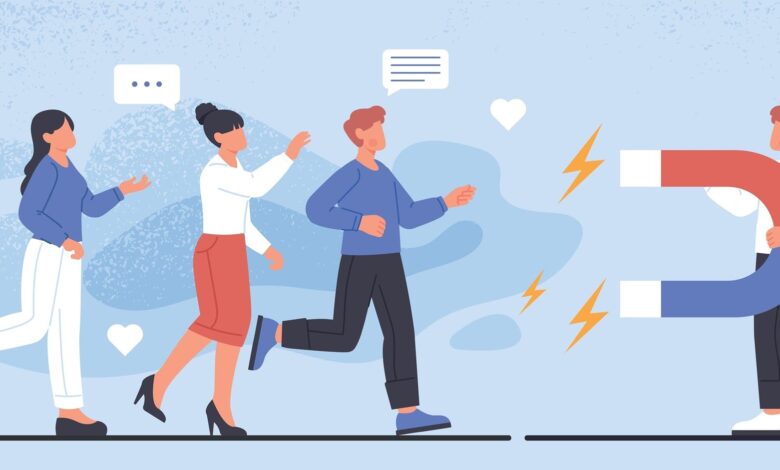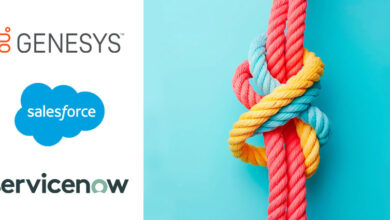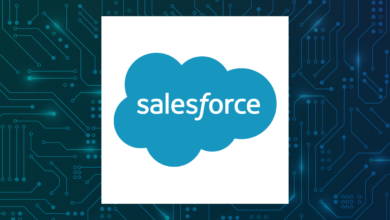Holland & Barrett’s former CRM chief on standout loyalty programmes

Loyalty schemes have become more prevalent than ever as brands look to create a more personalised relationship with their customers, gather customer data, and incentivise repeat business. However, not all loyalty programmes are automatically successful, and creating an effective scheme requires care and thought.
“Don’t be vanilla”, with your loyalty programme says Jonathan Haywood, “be vibrant”.
The former Director of Digital, Loyalty, CRM & Transformation at health and wellbeing retailer Holland & Barrett was speaking at the Retail Technology Show 2024, and laid out his three Vs of a successful loyalty scheme.
The 3 Vs of a successful loyalty programme
Value exchange
“[Your loyalty programme] has to incentivise signup; it has to reward a transaction, and the best ones build an emotional connection,” said Haywood. “That’s the bit that most people forget about.
“How are you building that emotional connection – that value over a lifetime? That is the hook.”
Don’t be vanilla
Haywood urged brands to consider what is unique about their loyalty programme; “How does that work with your brand, and what your brand is trying to be and do?
“If you can get that right, then you’ve got a loyalty programme, because then you’re already thinking about how you can create that emotional connection with your customers – you’re talking their language.”
Be vibrant
This point is about comms: Haywood pointed out that a loyalty programme should be the customer-facing voice of the brand. “You don’t have to be quite so corporate – you can be more energetic; you can be more motivated,” he said. “You can talk the language of your customers.
“That can be on email, it can be on social; it can be on whatever channels your loyalty programme wants to be in.” Customers receive plenty of boring emails, marketing messages and push notifications; a vibrant tone will stand out and engage them. “I think about it like the energetic child of the master brand,” said Haywood.
“It’s not just getting the customer to the next transaction”
During an 11 year career at the company, Haywood oversaw everything from customer insight and retail merchandising to CRM and digital trading, building up a rounded picture of what it takes to earn – and retain – customer loyalty.
“You’re never building loyalty to you,” he said. “I came from an automotive background” with prior roles at RAC and Porsche, “and that was all about being top of the consideration set when that customer is next considering a purchase.
“It’s not just getting the customer to the next transaction. For most retailers, you don’t have the luxury of a grocer-type frequency; so, how do you know that you’re still in the mindset of that customer the next time they’re ready to purchase?”
Haywood summed up Holland & Barrett’s brand purpose: “to add quality years to life” – not necessarily to prolong its customers’ lifespans, but to ensure that they have “more quality years in their health and in their life”.
“The only way that is going to work is if Holland & Barrett can build a long-term relationship with the customer through multiple life stages – and that relationship has to be built on trust, because you’re in a health and wellness environment,” he said. “Your customers have to believe that you have the authority to tell them about things that can help their health and wellness.
“It cannot just be purely for a sale – because customers will see straight through that.”
He also cautioned that while health and wellness brands can sell media space through their loyalty programme and use this to build a personalised experience for customers, they need to be careful to get the product recommendations exactly right.
“Customers will see through, quite quickly, something that is not hyper-personalised to them … That might be because the brand isn’t right, or they told you that they’ve got an allergy – there’s a whole host of issues that you can get if you’re not really personalising that stuff.”
How to demonstrate customer lifetime value
Holland & Barrett uses customer lifetime value (CLV) as a success metric for its loyalty efforts; however, Haywood noted that CLV is a “lag metric” that “takes a long time to build”. Demonstrating to colleagues and stakeholders that CLV is being built can therefore be a challenge.
Haywood recommended tracking three signals that are influential in determining whether a customer will return to the brand for additional purchases: one is the aforementioned operational excellence; another is loyalty programme health; and the third is discrete testing of the things that make the programme work.
Measuring loyalty programme health, by any measure that the brand has chosen to gauge this – whether it be monthly active users, open or clickthrough rates, signups, participation in stores – “will give you a good signal of: ‘I’ve got something that customers are signing into and engaging with’.
“I see quite a lot of loyalty programmes where there’s quite a good signup offer; but almost nothing behind it.”
Finally, discrete testing of the loyalty programme, such as via marketing campaigns, personalisation tests, or any kind of A/B testing: Haywood advised carrying this out through impartial teams wherever possible, “so that the rest of the business can’t say that you’re marking your own homework.”
“If you get those three things right, they are all contributing signals to a good customer lifetime value that will play out 6, 12 months later.”
“Invest everything you can” to get operations right
Haywood was keen to point out that customer loyalty doesn’t begin – or end – with a loyalty programme. He emphasised the importance of nailing the fundamentals of a good customer experience to keep shoppers coming back to the brand.
“You’ve got to make sure that your operation is excellent – whether that’s [measured in terms of] NPS, stock availability, CX, search; however you measure a good customer experience.
“Loyalty is hard to build and it’s very easy to break.” Haywood light-heartedly recounted an exchange he’d had with one Retail Technology Show attendee who was no longer a Holland & Barrett customer due to a poor website experience. “If you don’t get [customer experience] right – forget it.
“If your operations are poor, start there; invest everything you can in making it right. […] I always say that everyone is accountable for loyalty … because everyone is accountable for retention. Everyone has some level of accountability for customers’ experience with the brand.”



